My first year of shooting film Part 2
A month ago I wrote a guest post about my first steps in film photography. I got some very useful feedback, and encouragement to proceed. To give you a small recap: I wasn’t sure I liked film, as I miss the post processing part, and I wasn’t happy with the quality of the (cheap) scans of my photos. One major thing I learned from the first experiences and the feedback is that you can’t compare a scan or printed photo to a digital raw file.
Mainly because of insecurities and a slight discomfort with a new camera and system I compared almost every shot with a digital version. But I learned that the final image is a combination of exposure, development and post processing, and for film that process is quite different than for digital. Comparing a printed photo from film with a raw file is comparing a half-product with a finished one. I learned that exposure is not that critical for film photography, as it can be compensated for during development. This all gave me enough confidence to just go out and shoot what I love, rather than being overly concerned with all the mistakes that I could possibly make.
Happy coincidence, we spent a week in the Peak District, making it very easy for me to get inspired, as I love shooting nature and landscape. So if you like these photos, the British countryside is a great contributor to the results! For this third roll of film in my analogue-journey I choose Fujifilm Superia 200. I decided to postpone the home-scanning for now, and follow Hamish’ recommendation to use AG-photolab for development, printing and scanning. All and all I am much happier with the results than with the first two rolls of film. I guess to me it also has to do with the fact that I was more relaxed with shooting film…
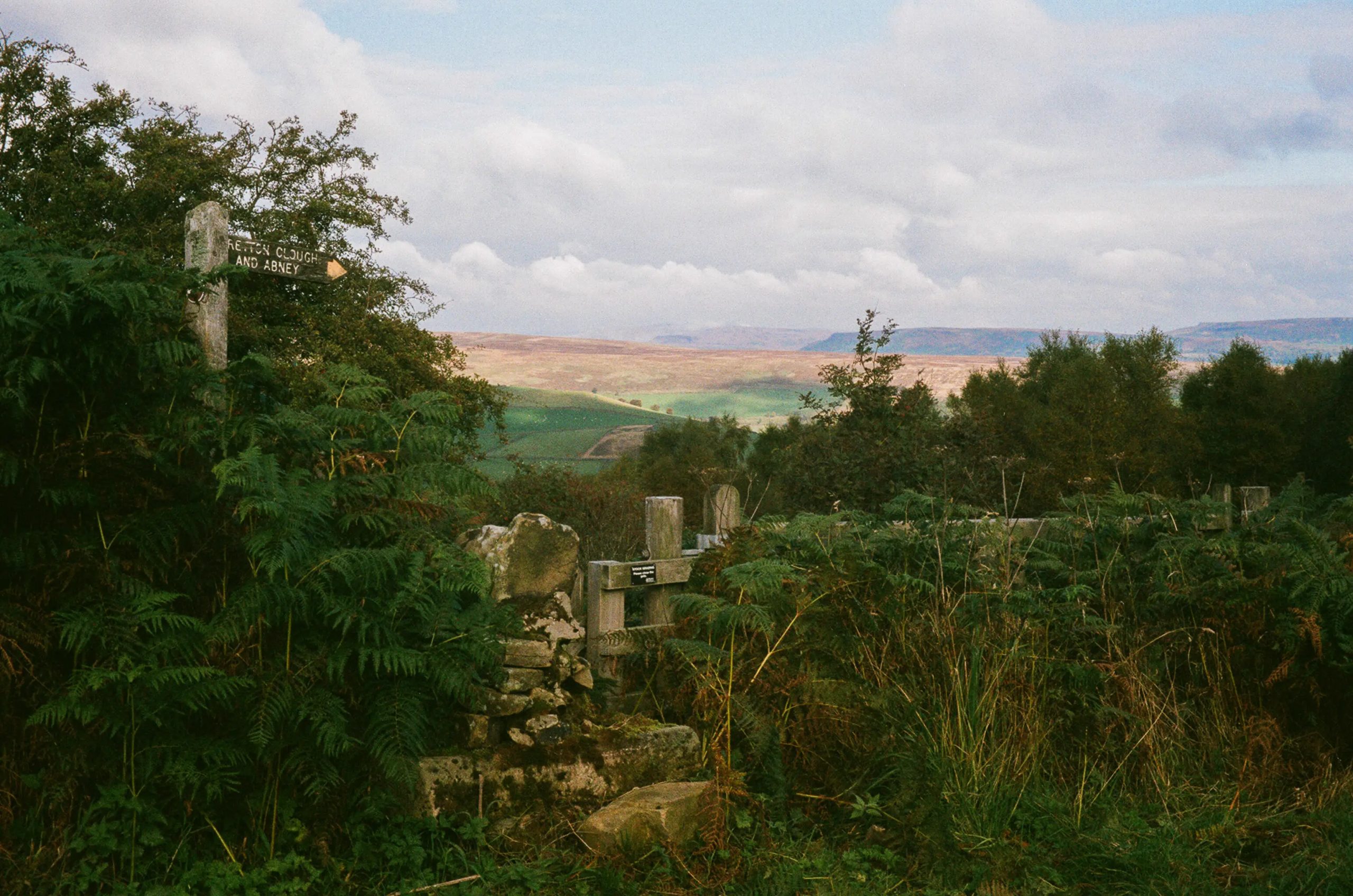
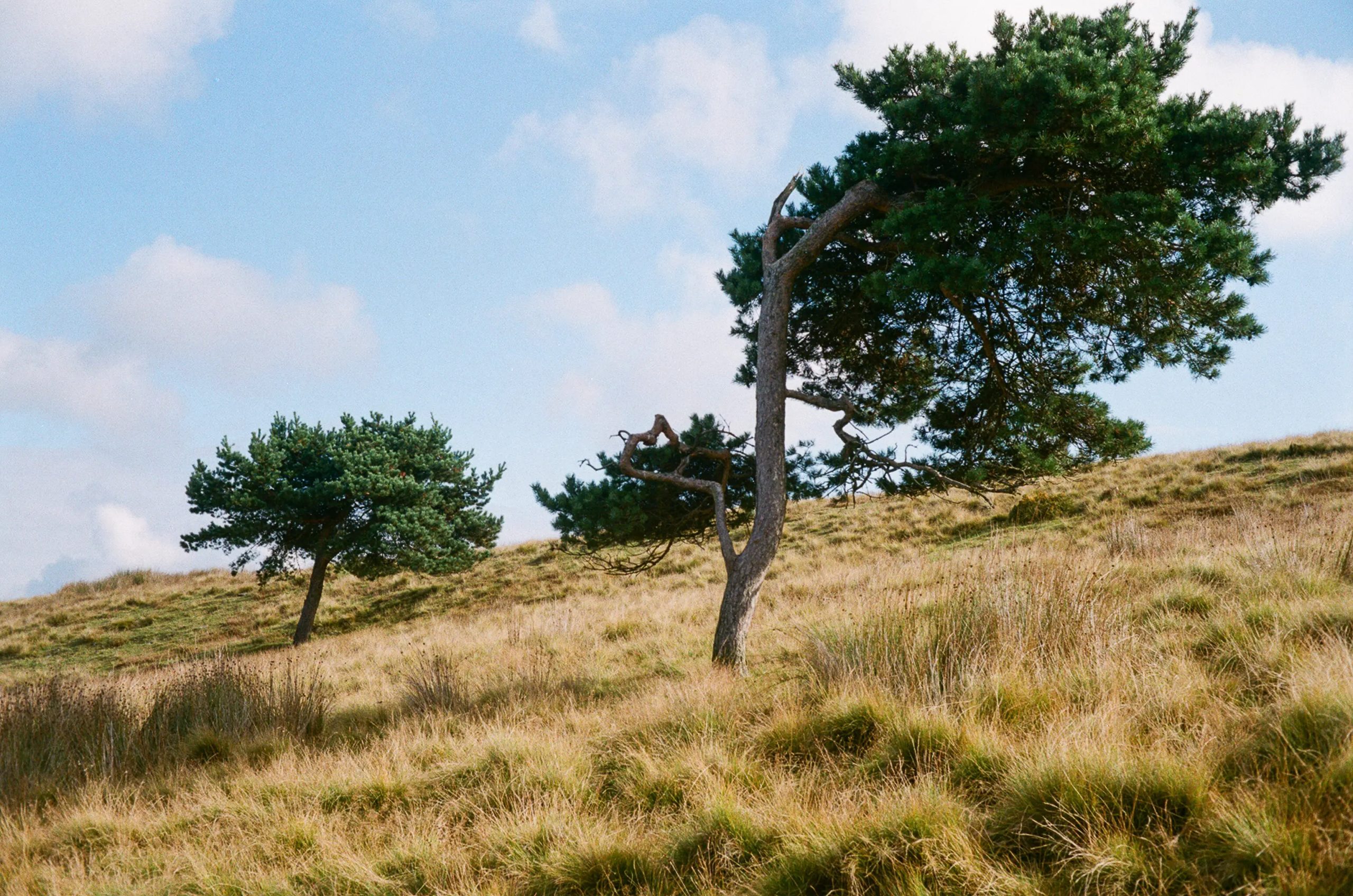
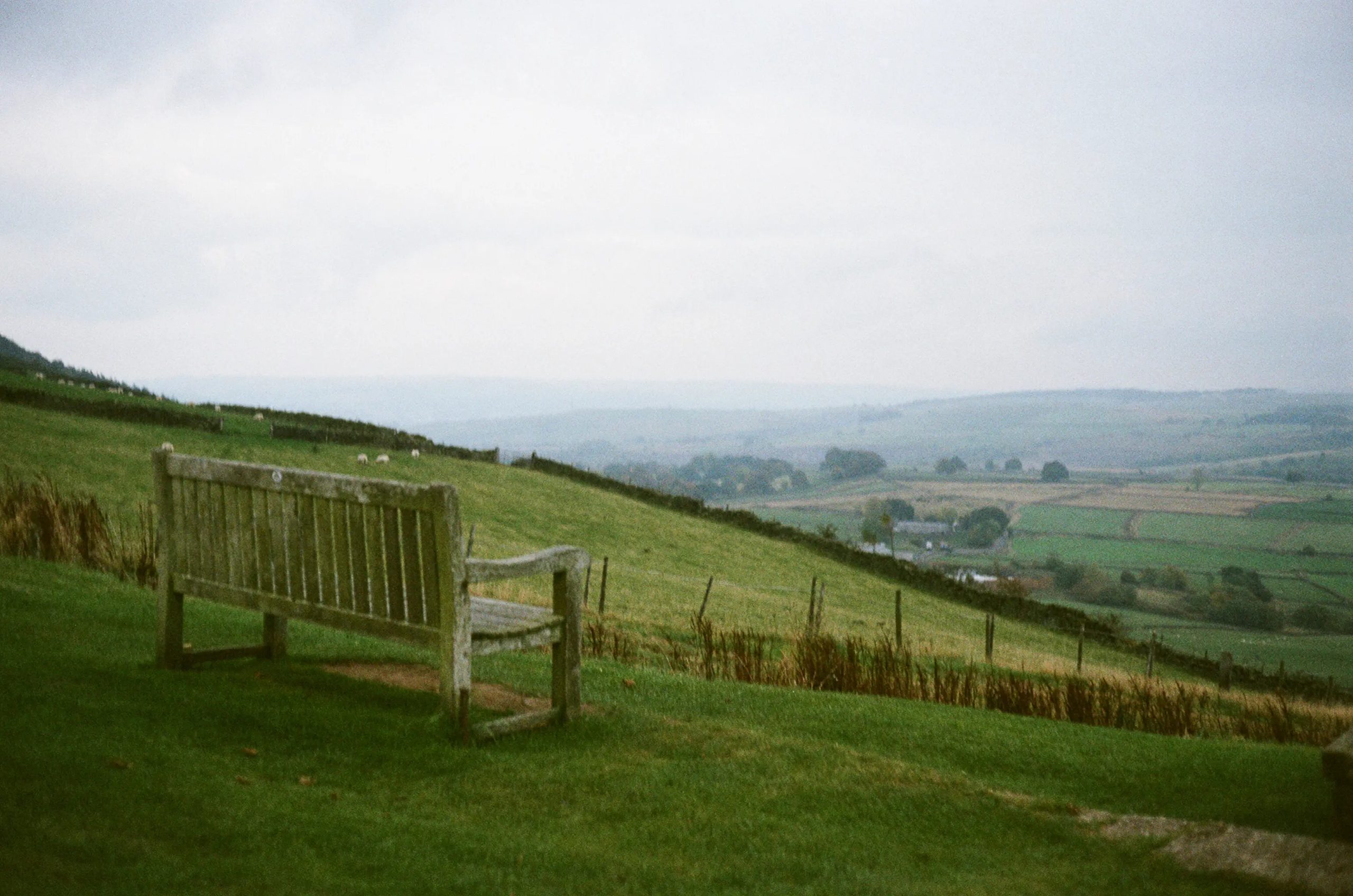
I still made some mistakes though. There were three blank photos in my negatives. Not sure what happened, it looks as if I accidentally ‘forwarded’ twice, but I am not sure that’s even possible. A couple of times I missed focus, mainly because the viewfinder was not very clear, and it was difficult to see the rangefinder patch when indoors. That is one of the reasons that I traded the Minolta for an Olympus 35-SP. The light meter is broken, but I have gained so much confidence now that I think I will manage with just my meter-app.
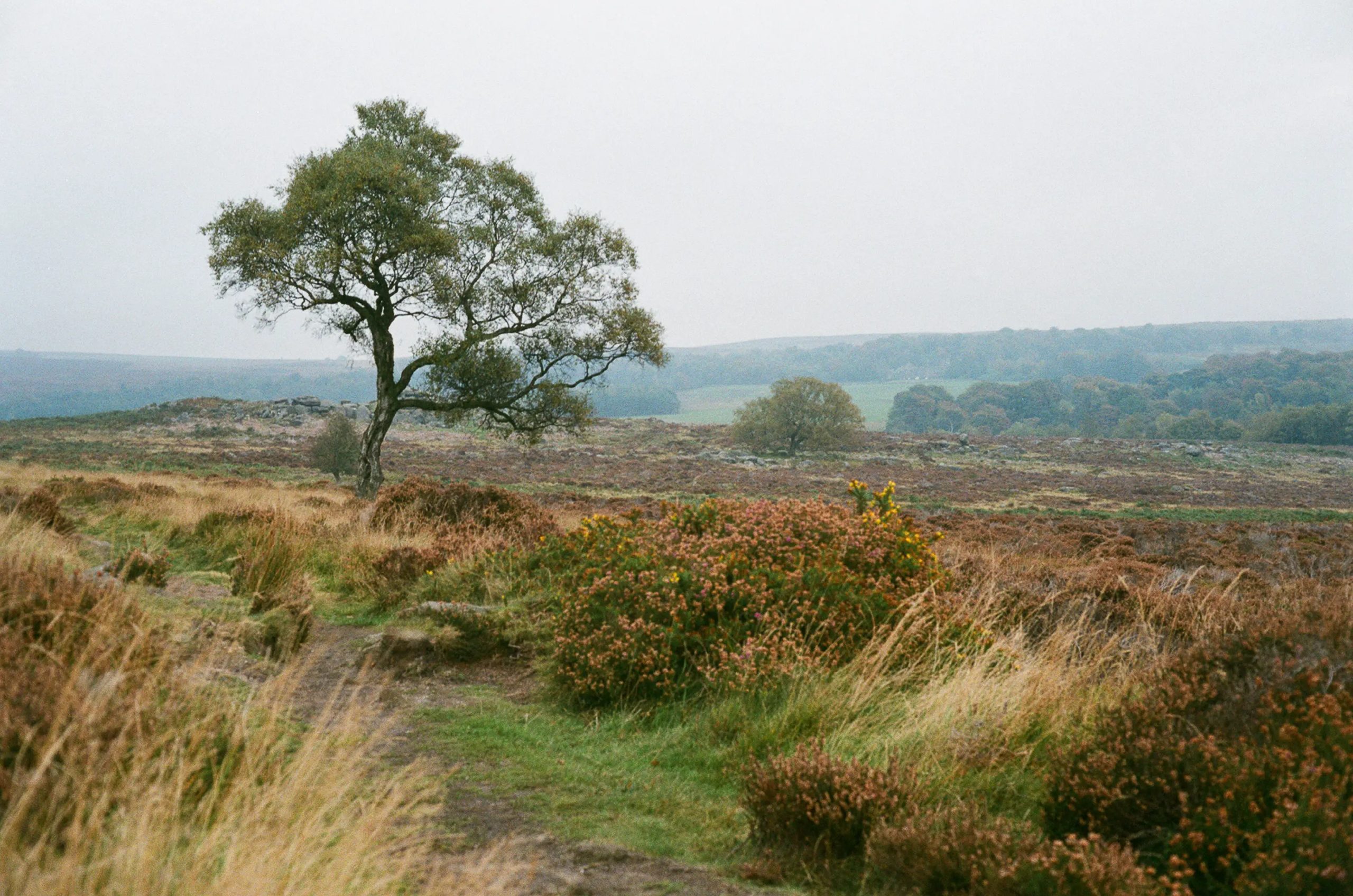
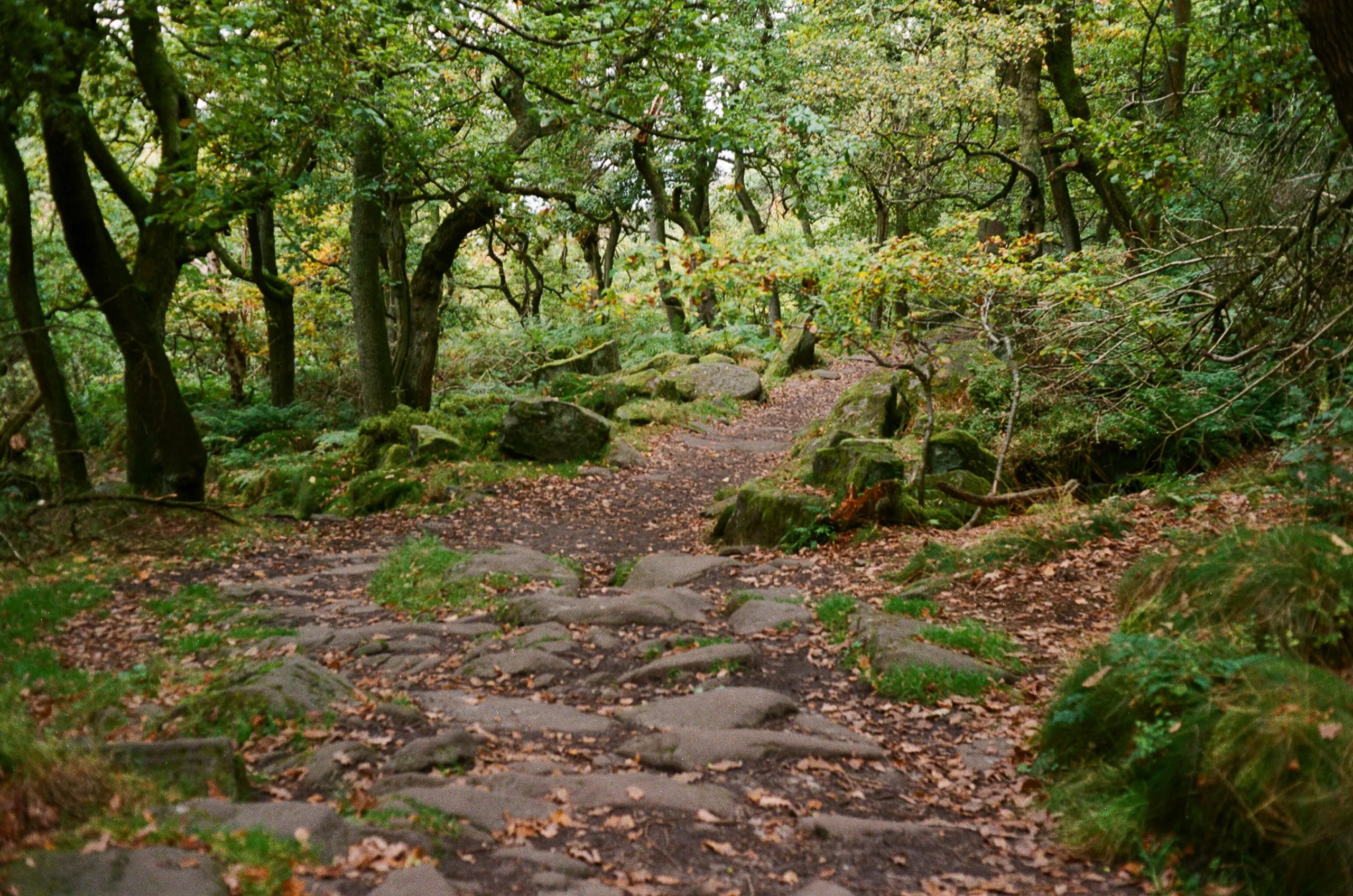
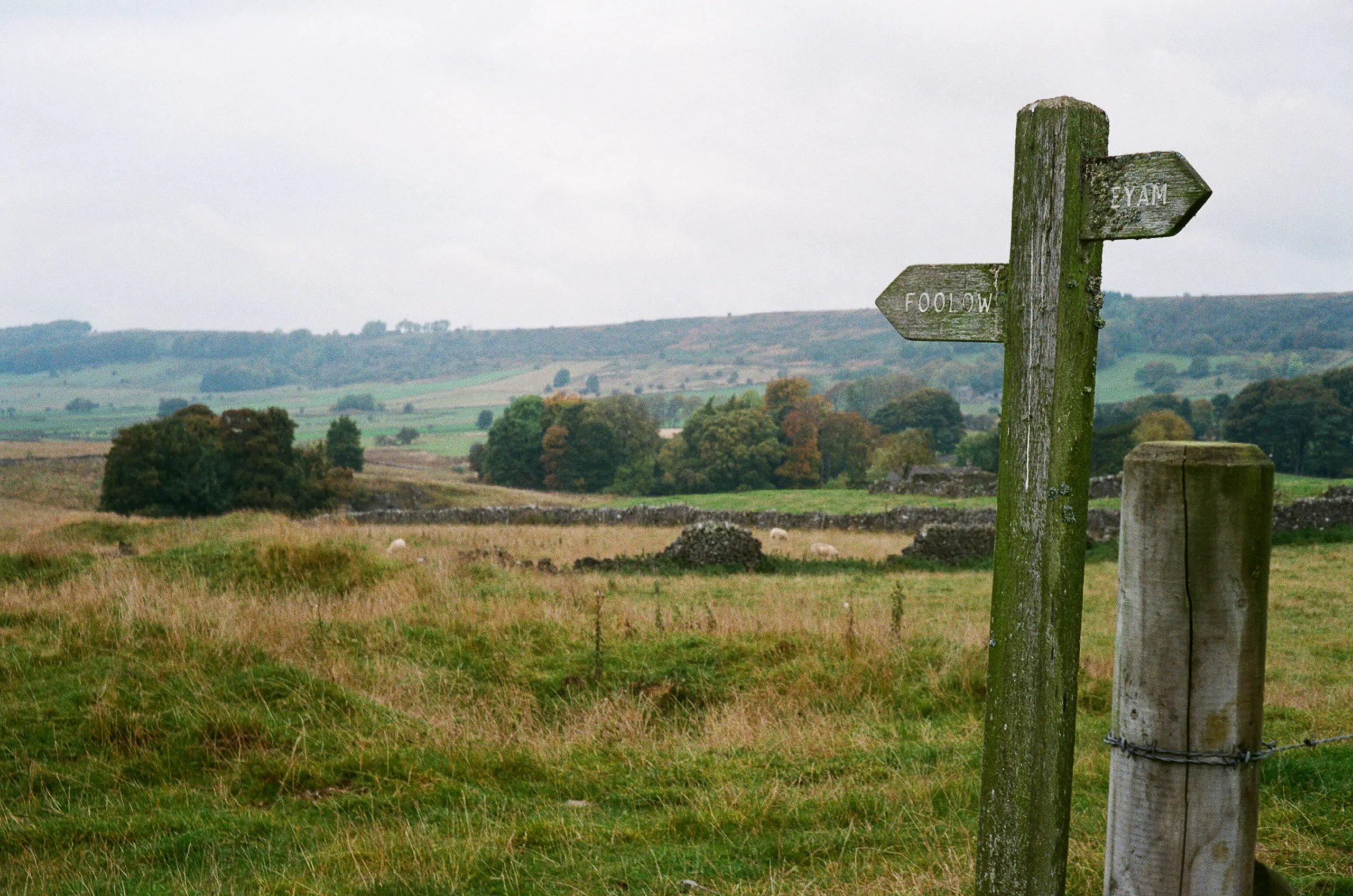
A few words about my experience with AG-photolab. I am really happy with the result, although I had to wait some time. I live in The Netherlands, so sending back and forth takes longer (3 working days from NL to UK, 4 from UK to NL). The processing time was 5 working days. I choose the silk option for my prints, and although I think the material feels odd (it has some structure on top) I like the colours and contrast. But to my surprise, being biased by my previous experience, I even liked the scans better. The biggest difference is that the prints are slightly darker than the scans.
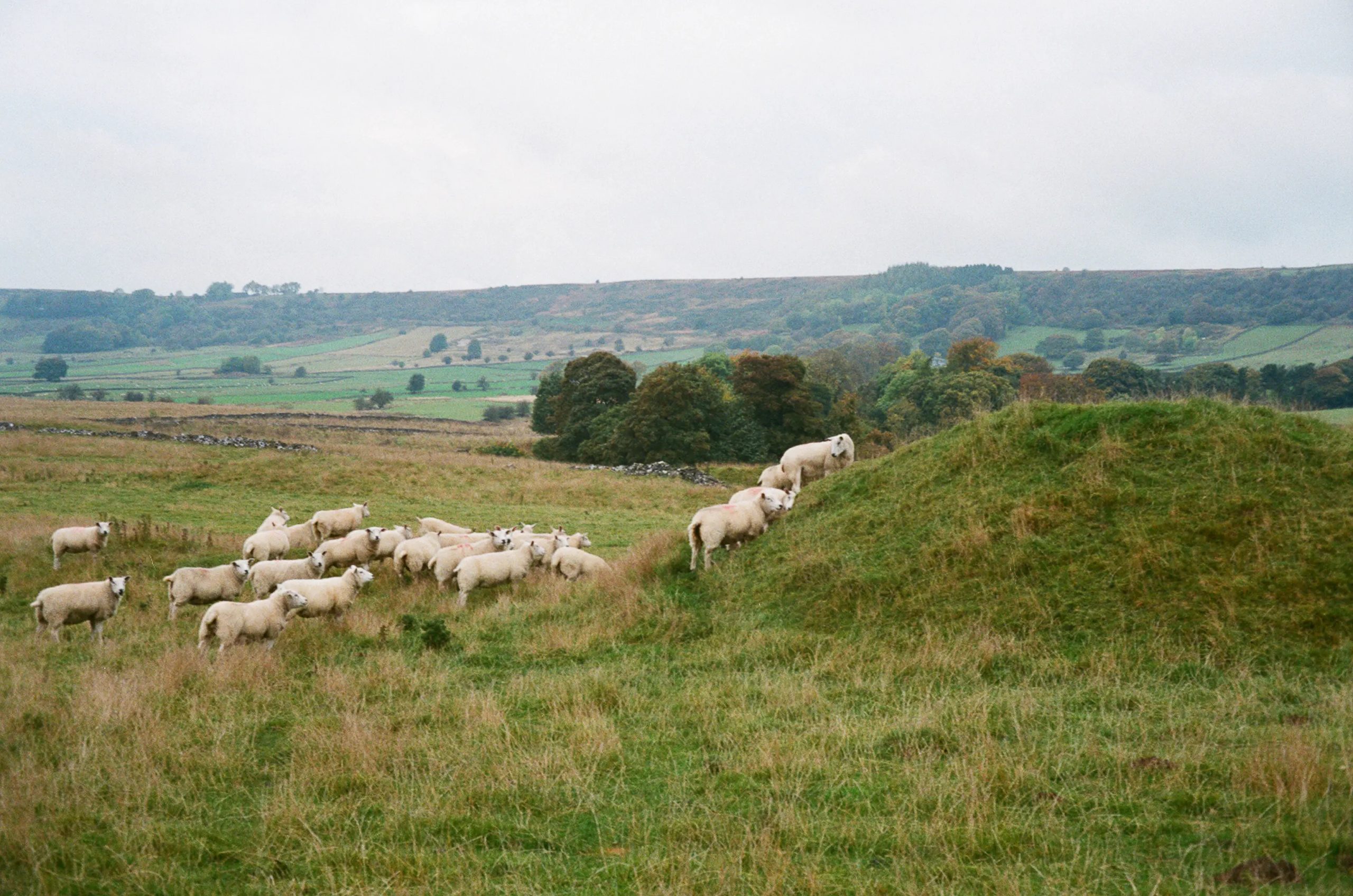
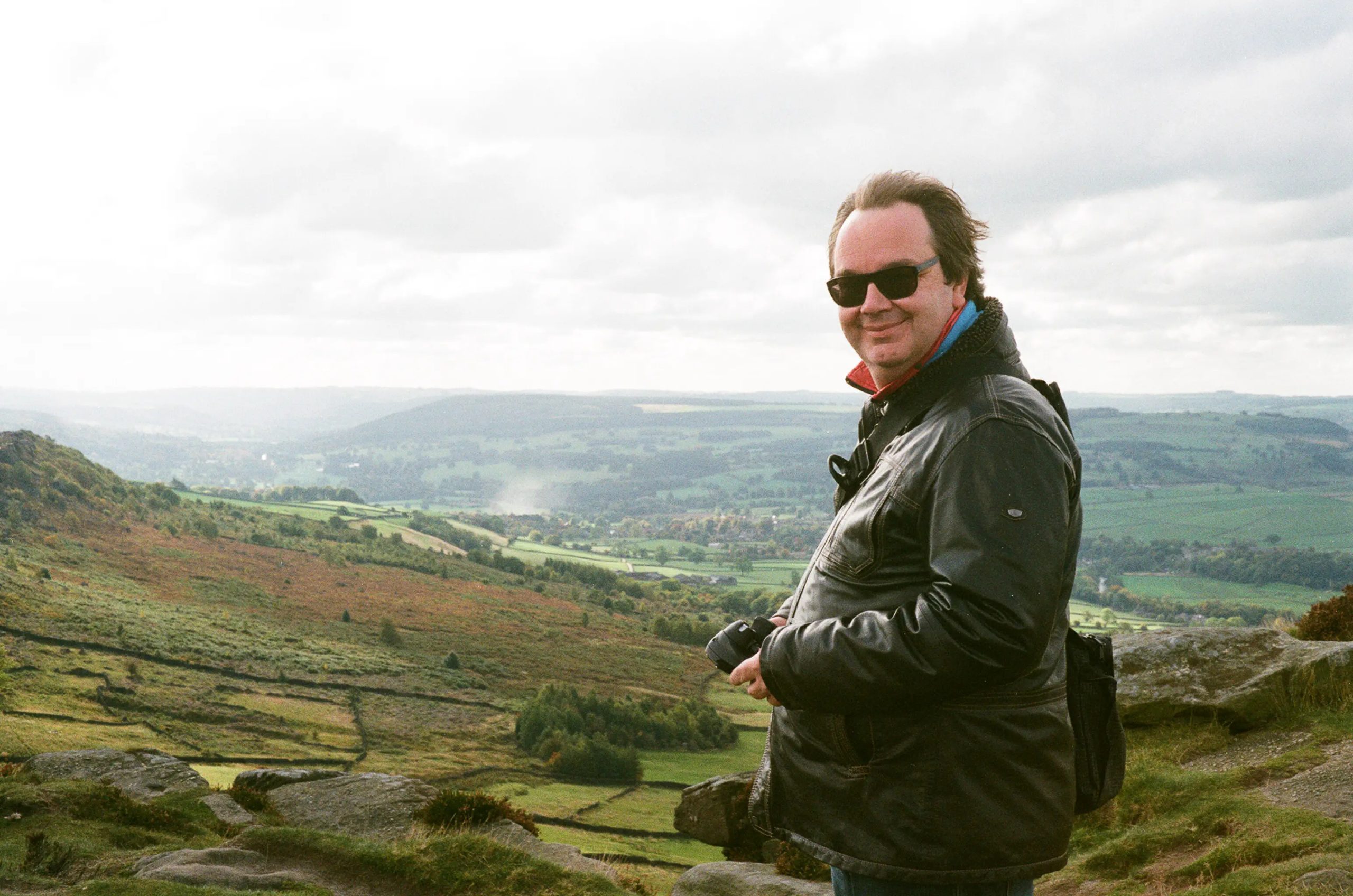
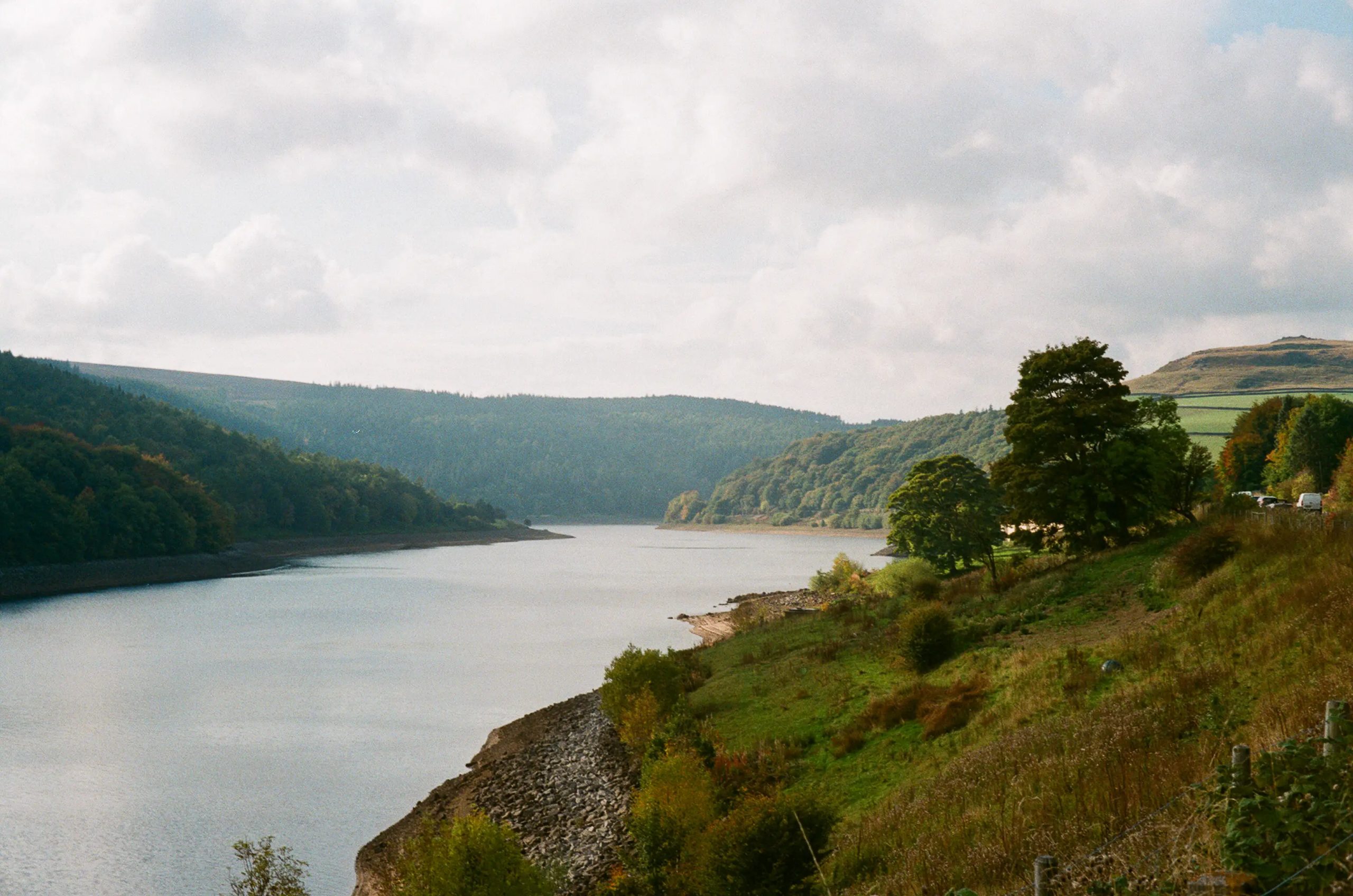
I start to see the effect of shooting film. I am more picky with where I take a photo. When in doubt, I make a digital photo (because that is ‘free’), but I notice that I take less digital photos as well. Seeing some nice results with film is giving me the confidence to know when a photo is good enough, I need less duplicates of the same site.
Next to that, by exposing manually on the film camera I am developing a feeling for exposure values. I am not claiming to be an expert, but I can see myself getting on without a meter in about 80% of the time in a couple of months.
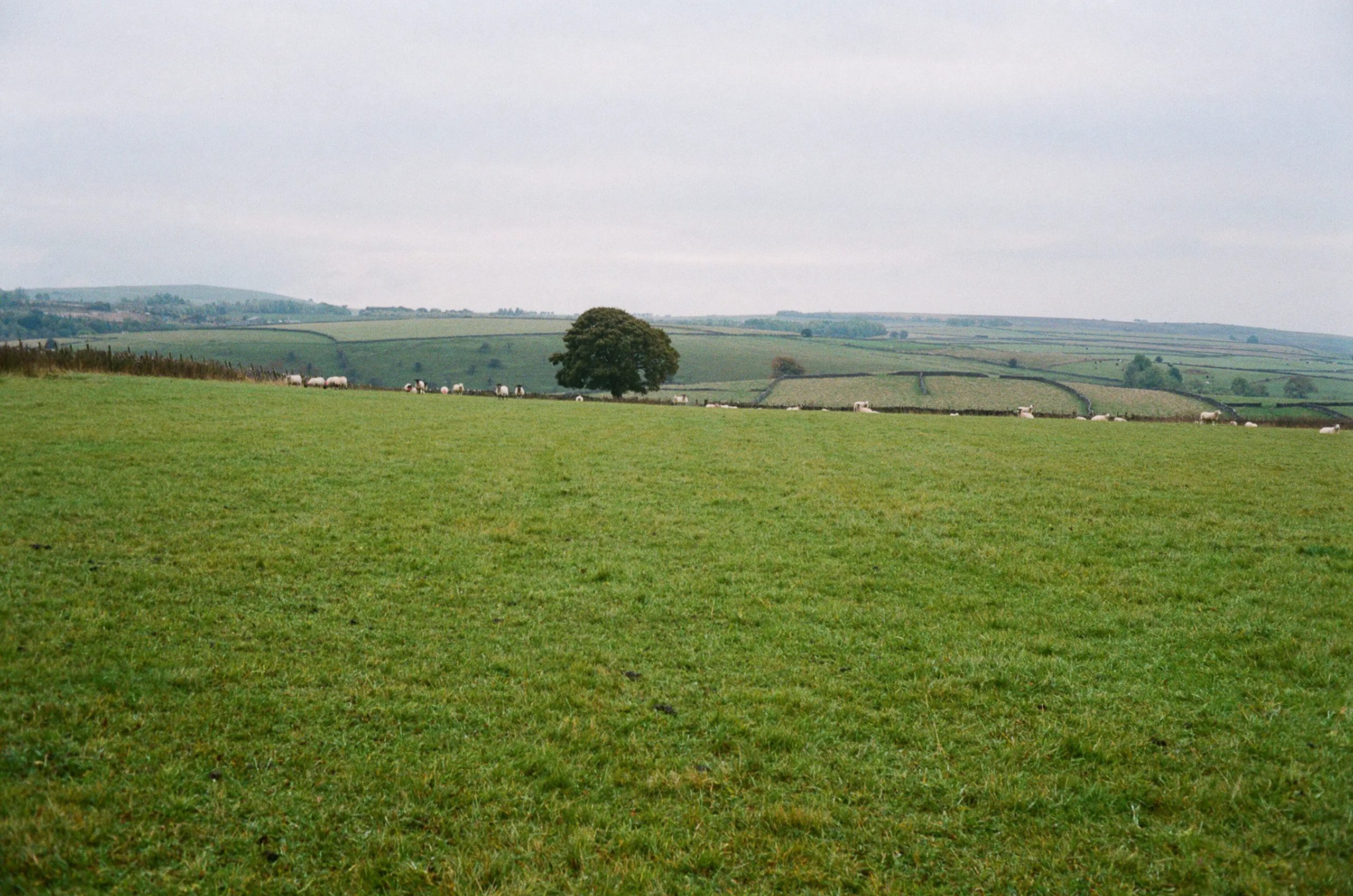
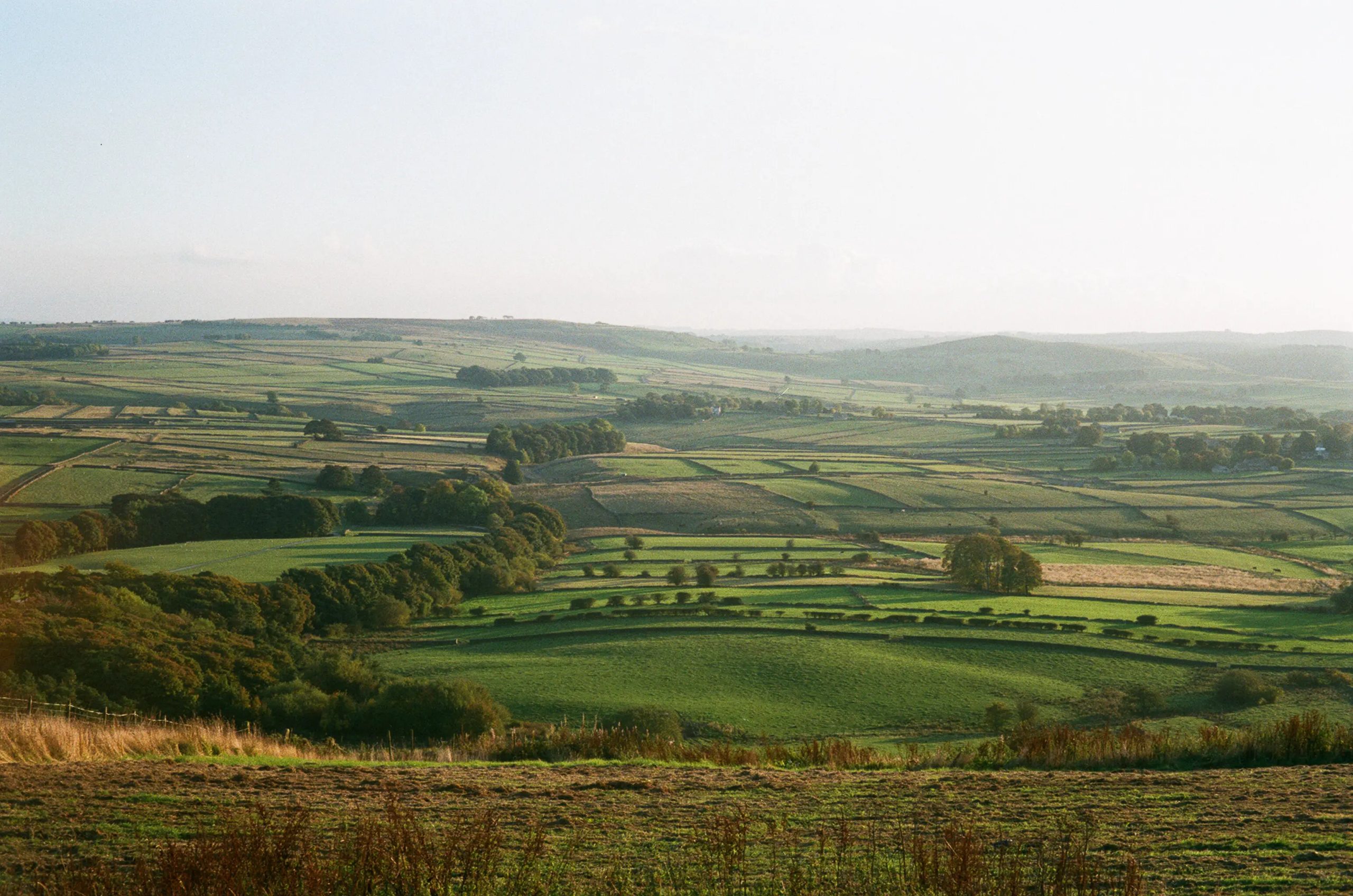
See my confidence is growing, I even had the courage to take a photo with slightly longer exposure (0.5 seconds if I recall correctly, that’s another thing, I stopped taking notes of everything I do):
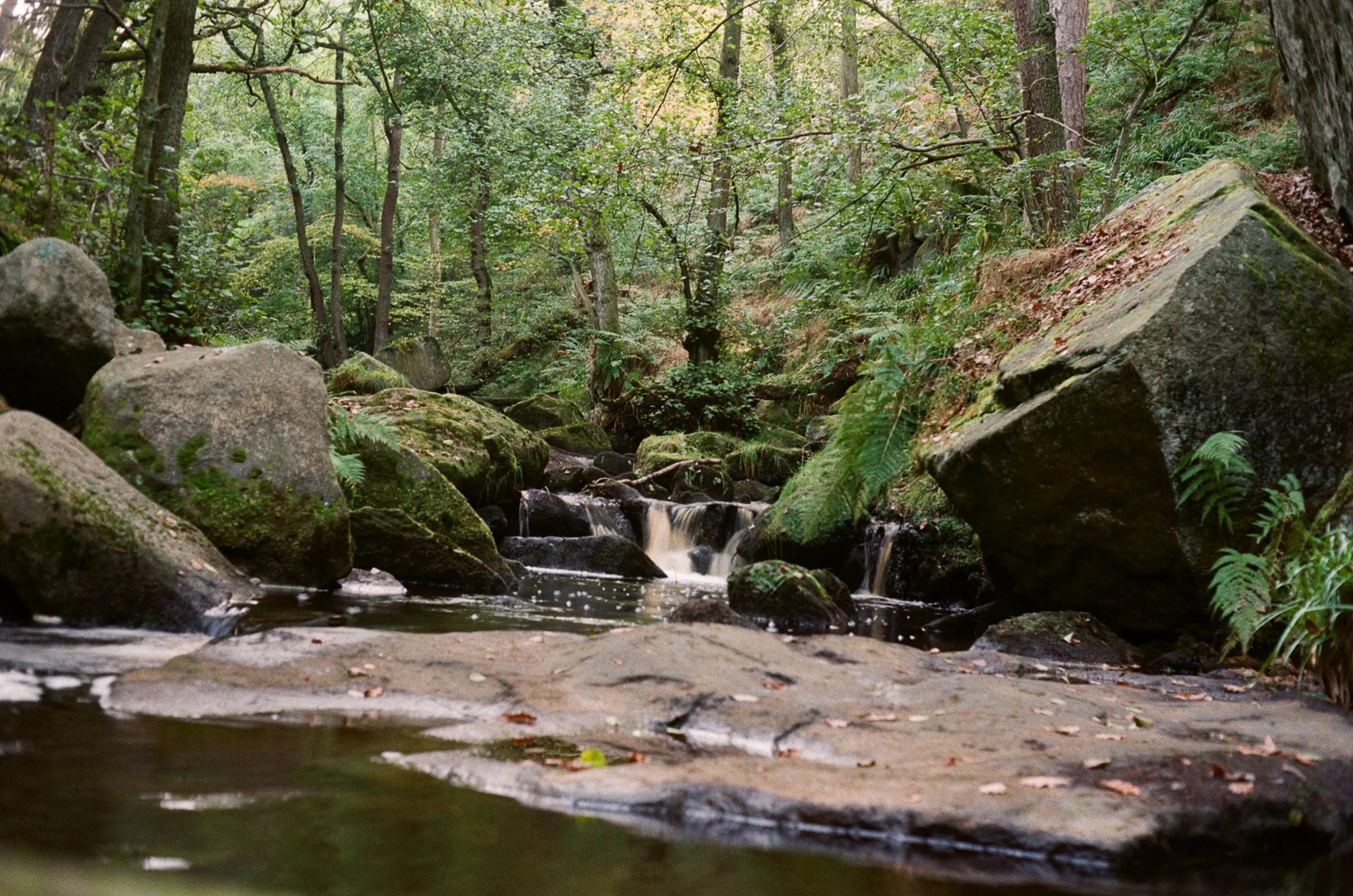
I still have some questions. I see some different amount of grain between the images. I am guessing that has to do with exposure? Is that correct, does longer exposure reduce the amount of grain in a photo?
Next question, how do you store your negatives? Do you use dedicated storage solutions, or a shoe box?
For now, I am testing the Olympus, I’m waiting for the first results to come back from the developer. My current film is a black and white one, so I am curious to see how that works out too…
If you are interested in my digital photos from the Peak District, you can find them here and here. All photos in this post were shot with a Minolta Hi-Matic 7s with manual exposure (metering done by in-camera light-meter) on Fuji Superia 200, and developed and scanned by AG-photolab (18mb jpeg).
Thanks for reading, and Hamish, thanks for having me!
Read Part 3 of my journey into film here.
Share this post:
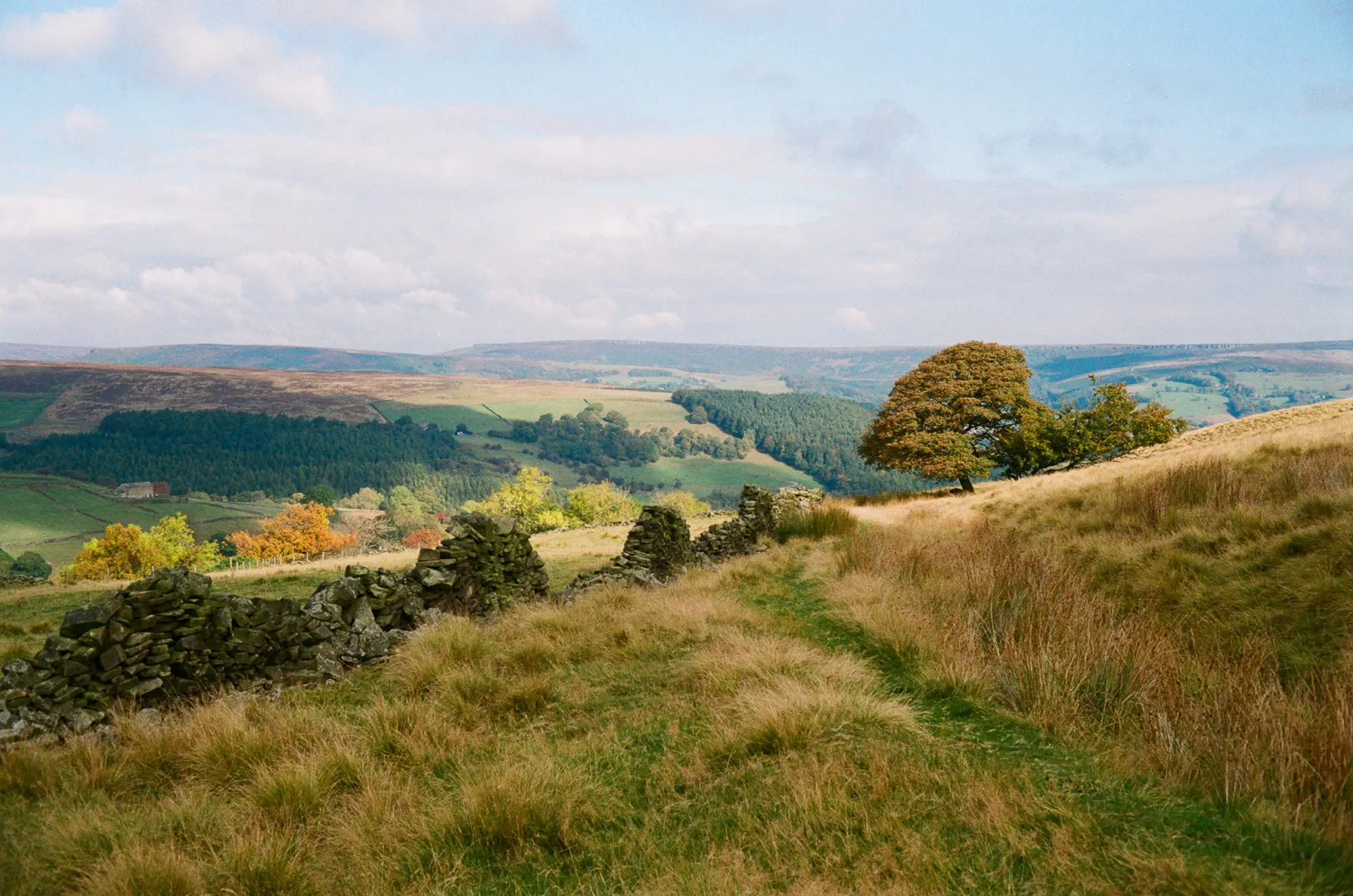








Comments
jeremy north on My First Film Camera Continued – by Aukje
Comment posted: 07/11/2015
Comment posted: 07/11/2015
Tony on My First Film Camera Continued – by Aukje
Comment posted: 07/11/2015
Tony
Comment posted: 07/11/2015
Comment posted: 07/11/2015
Michael Dominic K. on My First Film Camera Continued – by Aukje
Comment posted: 07/11/2015
great pic. For processing I also highly recommend Mein Film Lab (http://www.meinfilmlab.de/en/). Pricing seems to be pretty similar but it might be faster for you to ship to Germany. I developed ~12 rolls there so far and the results are great and extremally consistent. MFL sends you scans back as a digital download (no CD) so physical shipping is involved only once (unless you want prints). I live in Poland and it takes ~2 days for the films to reach MFL up to 5 days processing.
Jorg Bergs, the man behind the MFL, has a very interesting article where he discusses various films, exposure vs. scanning process etc. http://www.meinfilmlab.de/wp-content/uploads/2015/07/Filmempfehlung.pdf It's in German only unfortunately, but you can actually feed it into Google translate and still extract the relevant info.
Comment posted: 07/11/2015
Comment posted: 07/11/2015
Comment posted: 07/11/2015
Comment posted: 07/11/2015
Comment posted: 07/11/2015
jean-philippe on My First Film Camera Continued – by Aukje
Comment posted: 08/11/2015
Your work is really impressive and all your images seem like paintings. The result is really wonderful. I followed quite a similar path from digital to analog, but long time ago. Since you already have precious lenses from Leica, you should definitely jump to an M3 or M6. I am absolutely convinced that you won't regret it.
Cheers,
Comment posted: 08/11/2015
Comment posted: 08/11/2015
Comment posted: 08/11/2015
Comment posted: 08/11/2015
Comment posted: 08/11/2015
walker on My First Film Camera Continued – by Aukje
Comment posted: 09/11/2015
Comment posted: 09/11/2015
Curt on My First Film Camera Continued – by Aukje
Comment posted: 13/11/2015
Comment posted: 13/11/2015
Nick on My First Film Camera Continued – by Aukje
Comment posted: 19/11/2015
I have been following your journey into the world of film, I'm glad you are starting to see better results, and you're only on your third roll, impressive!
Something I find very addictive about shooting film is the constant desire to improve upon the previous roll.
I understand your frustration when being fairly underwhelmed by certain results when your scans come back, but understanding why some exposures turn out the way they do will certainly help you improve. If you don't already, I would highly recommend creating some analog metadata and keeping a little notebook with your camera and jotting down your frame number and exposure settings when you make each frame, it also helps if you make a note of where in the scene you metered from. This way if you get a dud exposure (or a perfect one) you can consult your notes and hopefully figure out why.
To answer a couple of your questions; if you are seeing a variation in grain between your frames I would say that this is down to exposure, if you start to see 'colour noise' in your shadows then it is likely to be underexposed. Colour negative film has quite a lot of latitude but seems to favour overexposure as opposed to underexposure, so meter for your shadows and the chances are your highlights with survive. A lot of colour shooters rate their film at half box speed to give an initial 1 stop bump of overexposure. So in the case of your Superia 200 you would set your meter to 100 asa (but still develop at 200).
I have an example here which was shot on Portra and overexposed, as you can see there is still plenty of detail in the highlights and the high-res shows enough detail in the shadows with relatively low colour noise/grain (excuse the low-res IG photo): https://goo.gl/FVVKb0
With regards to your storage question, personally I just use cheap storage sheets and a standard binder. Take a look at Printfile sheets, they are clear and also fit in standard 4 hole binders.
Looking forward to seeing your results with the 35 SP, I recently picked one up to travel with, I was really impressed with that little 42mm, you can see some results from my first roll with it here: https://goo.gl/f7aWXO and https://goo.gl/vVJ5kM
Also welcome to the addictive world of never ending film camera purchases!
Comment posted: 19/11/2015
My First Roll Of Kodak Tri-X - Guest Post by Aukje - 35mmc on My First Film Camera Continued – by Aukje
Comment posted: 12/12/2015
My First Roll With a Leica Film Camera - Guest Post by Aukje - 35mmc on My First Film Camera Continued – by Aukje
Comment posted: 22/01/2016
George on My First Film Camera Continued – by Aukje
Comment posted: 27/02/2017
Comment posted: 27/02/2017